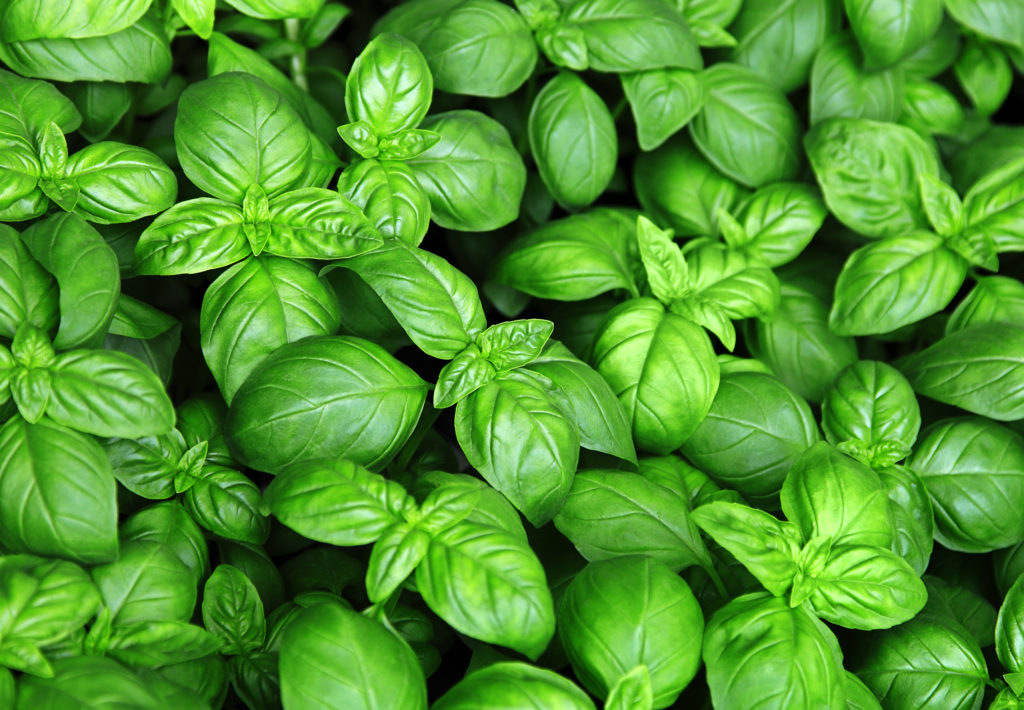Italian cuisine is not only regional; it is also seasonal. Insalata Caprese (mozzarella, tomato and basil) is not served in the winter. Spicy, hearty Pappardelle al Ragu Di Cinghiale, does not please on a hot summer’s day. When spring arrives it is time for pesto.
Pesto is a sauce synonymous with Liguria and pesto alla genovese unites the region. Unfortunately, for those of us living outside of Italy and craving pesto, it is incredibly hard to find the real thing. Too often a jar labeled “Genovese Pesto” contains some basil, spinach, canola or safflower oil, pecorino cheese or grana padano, ground walnuts or cashews, lemon juice concentrate, dried minced garlic, salt and pepper.

For those looking for the remembered taste of spring on the coast near Genoa overlooking the Ligurian sea, its time to shop for fresh basil, garlic, pine nuts, Parmesan cheese and extra virgin olive oil, and if you are a purist, pull out the mortar and pestle.
For those with pandemic time on their hands: in the mortar pine nuts are muddled with fresh garlic and salt; basil leaves are added with a drizzle of olive oil and vigorously worked with the pestle into a smooth paste. (Both words – pestle and pesto – derive from the Italian verb pestare, meaning to crush or clobber. Late Latin – pisto. ) Finely grated cheese from Parma is stirred in at the end.
The ancient Romans used to eat a similar paste called moretum, which was made by crushing garlic, salt, cheese, herbs, olive oil and vinegar together. The use of this paste in the Roman cuisine is mentioned in the Appendix Vergiliana, an ancient collection of poems where the author dwells on the details about the preparation of moretum. During the Middle Ages, a popular sauce in the Genoan cuisine was agliata, a mash of garlic and walnuts. Garlic was a staple for the seagoing Ligurians.
The introduction of basil, the main ingredient of modern pesto, occurred in more recent times and is first documented only in the mid-19th century, when gastronomist Giovanni Battista Ratto published his book La Cuciniera Genovese in 1863.

The recipe for pesto alla genovese was often revised in the following years. A recipe from La Vera Cuciniera Genovese by Emanuele Rossi (1865), which is quoted in Grande Enciclopedia Illustrata della Gastronomia, began with “Put three or four garlic cloves in a mortar with some basil leaves (depending on how perfumed the basil is, at a rough proportion of four or five leaves for every garlic clove) …”
In 1944, The New York Times mentioned an imported canned pesto paste. In 1946, Sunset magazine published a pesto recipe by Angelo Pellegrini (1904 – 1991) who immigrated from Tuscany, at age 9, to the state of Washington. In 1948, he wrote The Unprejudiced Palate, an important work in the history of food literature that remains in print. Genovese pesto was not immediately embraced by the American public and did not rise in popularity until the late 1980s.
Ligurian basil is known for its mild, elegant flavor and delicate leaves. In the region, basil is grown according to DOP (denominazione d’origine protetta) standards, set in 2005, which protect the integrity of the product and emphasize its specific terroir.

The type of pasta is also important. Linguine trenete (a thicker version of traditional linguine) or short, twisted trofie. Said to have been invented in the Ligurian seaside town of Recco when a pasta maker rubbed her hands together after kneading a batch of dough and the curled pieces that fell away became trofie. Also, remember that in Italy the pasta is dressed, not drowned, with pesto alla genovese, as with any other sauce.
Genoa native, restaurateur, and self-styled ambassador of pesto, Roberto Panizza created the Genoa Pesto World Championship in 2007 with a bunch of like-minded friends.
Held every two years, it’s a competition to promote the product and teach the world how to make it properly in a mortar with a pestle. According to the championship website: “Behind pesto is history, and art, and a quality of life.… The contest can be won by Italians or by foreigners. But above all, the winner is Pesto, a healthy, natural and democratic sauce.”
Pesto Trivia: During the G8 Summit that Genoa hosted in 2001, Silvio Berlusconi, then the prime minister, decreed that garlic be left out of the pesto served at the official lunch. Worse, he stipulated it be called “basil sauce” rather than pesto alla genovese. The locals were horrified, and protested by throwing garlic at him.
